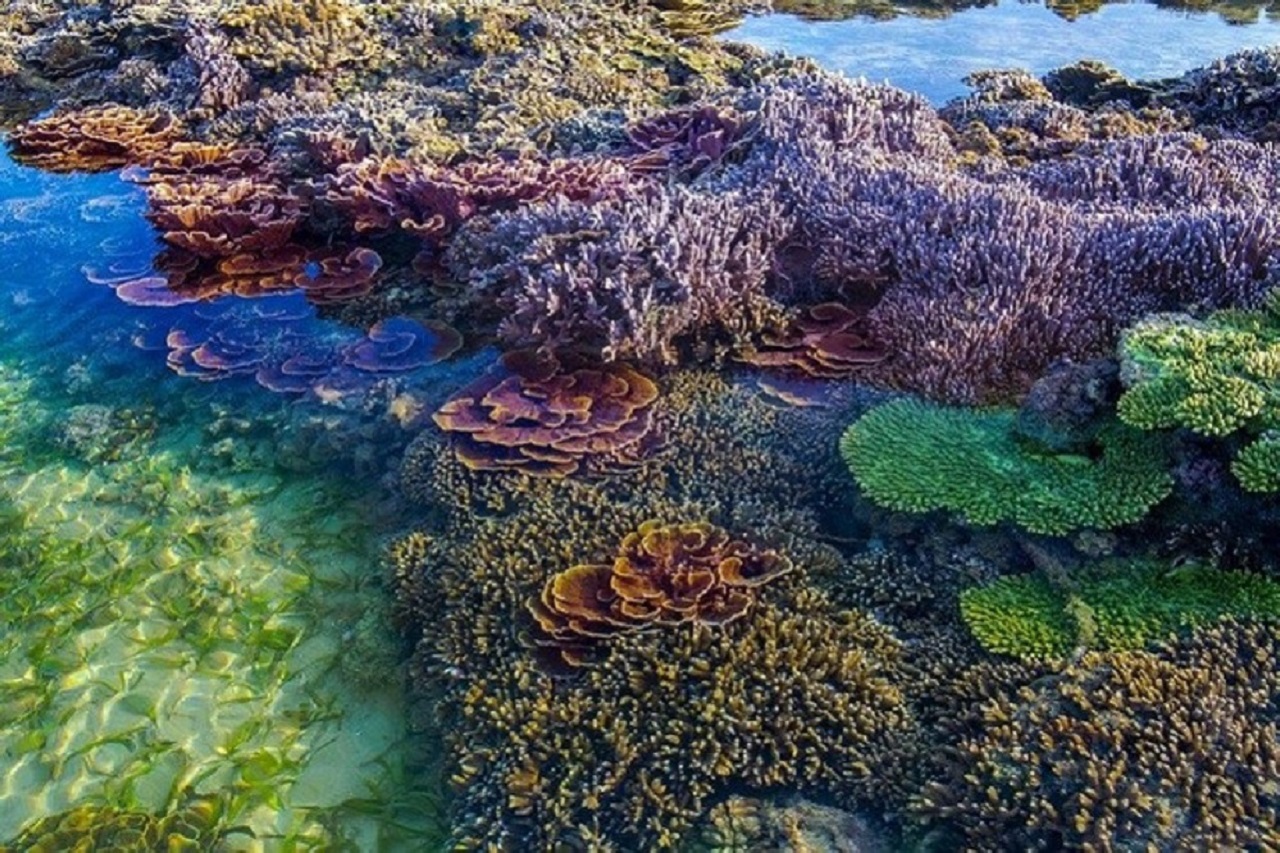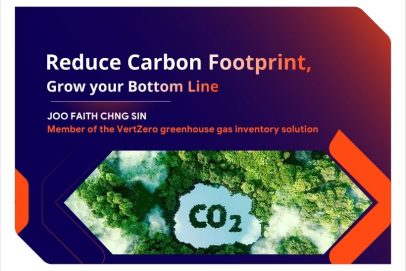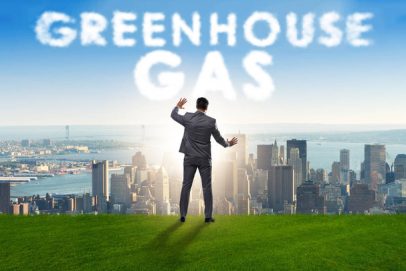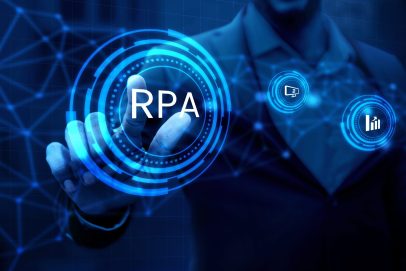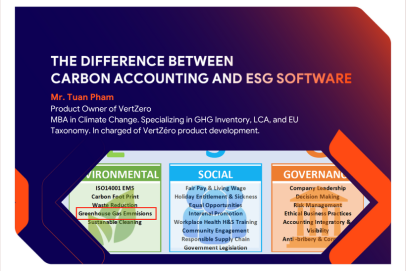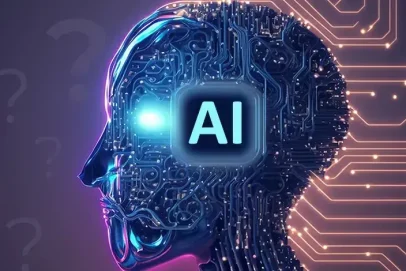Ozone Layer Recovery: How it affects Vietnam
Ozone layer: the thin atmospheric veil that is vital in protecting life on Earth, and it filters out the Sun’s harmful ultraviolet (UV) radiation. However, over decades it has been damaged by human-made chemicals, increasing UV exposure. This harmful UV poses risks to human health, ecosystems, and economies. On a positive note, actions have been taken globally, like the Montreal Protocol, to ensure the slow but sure recovery of the ozone layer.
For a country like Vietnam, located in the tropical area of the world and is exposed to high levels of sunlight and UV radiation, the recovery of the ozone layer holds both promise and challenges. This article explores how ozone layer recovery affects Vietnam, from the benefits to the risks and how Vietnam has been responding.
Why the Ozone Layer Recovery matters to Vietnam
Vietnam lies within the tropical belt which means the Sun’s intensity and UV radiation are the highest globally. Especially in the southern provinces where the index often exceeds “extreme” levels. Going unprotected for less than 30 minutes can already cause sunburn, eye irritation, or even long-term skin damage.
As the ozone layer heals, the reduction in UV-B radiation will directly benefit Vietnam’s population. With lower UV exposure, there will be a decline in the number of skin cancer cases and cataract cases, lower immune system stress, and overall better public health outcomes. For a country like Vietnam where outdoor work is common, from construction to farming and coastal tourism, the positive health impacts are many.
Environmental and Economic Impacts
The ozone layer’s recovery has notable effects on the environment and economy of Vietnam. Agriculture, the core of Vietnam’s economy, is the most vulnerable to the increased UV radiation which can damage the leaves and impair growth, lowering harvest. Improved ozone protection will help safeguard productivity and food security.
In coastal areas, low UV exposure is beneficial for coral reefs and the phytoplankton population which are critical to Vietnam’s tourism industry. Healthy coral ecosystems sustain biodiversity and attract eco-tourism, both of which contribute to the locals’ livelihood.
Additionally, maintenance costs can be cut with reduced UV levels, extending the life of the materials needed for infrastructure projects. This way, the recovery of the ozone layer indirectly supports economic resilience and sustainable development goals.
Coral reefs in Phu Quoc are at risk of extinction if the Ozone Layer does not recover fast enough. (Source: VietNamNet)
Challenges on the Road Ahead
However, sustaining these gains is not guaranteed. Vietnam still faces challenges that could possibly slow the benefits of the ozone recovery.
Firstly, the transition from ozone-depleting substances and high-emission refrigerants requires investment and technical capacity that can sustain it well. Many small and medium enterprises rely solely on past cooling technologies which are harmful to both the ozone and the climate. Following that is the public awareness on UV safety and eco-friendly alternatives that remain limited, especially in rural and coastal areas.
Lastly, climate change adds difficulty. The shifting weather patterns and pollution are strong influences on how UV rays reach the surface. Ensuring that ozone recovery translates into tangible improvements will depend on collaboration between policymakers, industries, and sustainability partners capable of bridging science and implementation.
VertZéro: Turning Global Recovery into Local Action
As a Vietnamese-based greenhouse gas emissions inventory solution, VertZéro helps businesses translate environmental commitments into measurable outcomes.
VertZéro measures, accounts for, and transparently reports on greenhouse gas emissions. The system automatically collects the data and calculates the emissions according to Scopes 1, 2, and 3 and generates the report that complies with local and international standards. Companies can set their own targets and track their progress towards releasing lesser emissions. This ensures transparent and standardized emission reports and supports businesses transitioning to ozone-friendly operations. VertZéro supports businesses who are looking to transition to ozone-friendly options by helping them to comply with local and international standards while contributing to the global effort of restoring the ozone layer.
An example of how VertZéro supports businesses in their smooth transition to ozone-friendly options is through accurately identifying emissions and leakage of refrigerants from their cooling systems, assessing their environmental impact and comparing alternative options which are climate friendly. Refrigerants transfer and absorb heat from a cool space to a warmer space and are produced by many companies. It releases greenhouse gases which can be measured and accounted for by VertZéro, before a report is generated.
Conclusion
The global recovery of the ozone layer is a rare environmental triumph and acts as proof that collective action can reverse even large-scale damage. For Vietnam, it represents more than protection from the sun, it is a foundation for sustainable development, healthier communities, and long-term economic stability.
Yet maintaining this progress requires ongoing effort and innovation. By addressing challenges with scientific precision and entrepreneurial vision, VertZéro embodies the kind of partnership Vietnam needs, one that bridges environmental integrity with industrial progress.
As the world heals the sky above, Vietnam has the chance to prove that environmental restoration and national prosperity are not competing goals but are supposed to be working together for the same future.
| Exclusive article
by JOO FAITH CHNG SIN – Members of the VertZéro Greenhouse Gas Inventory solution |


